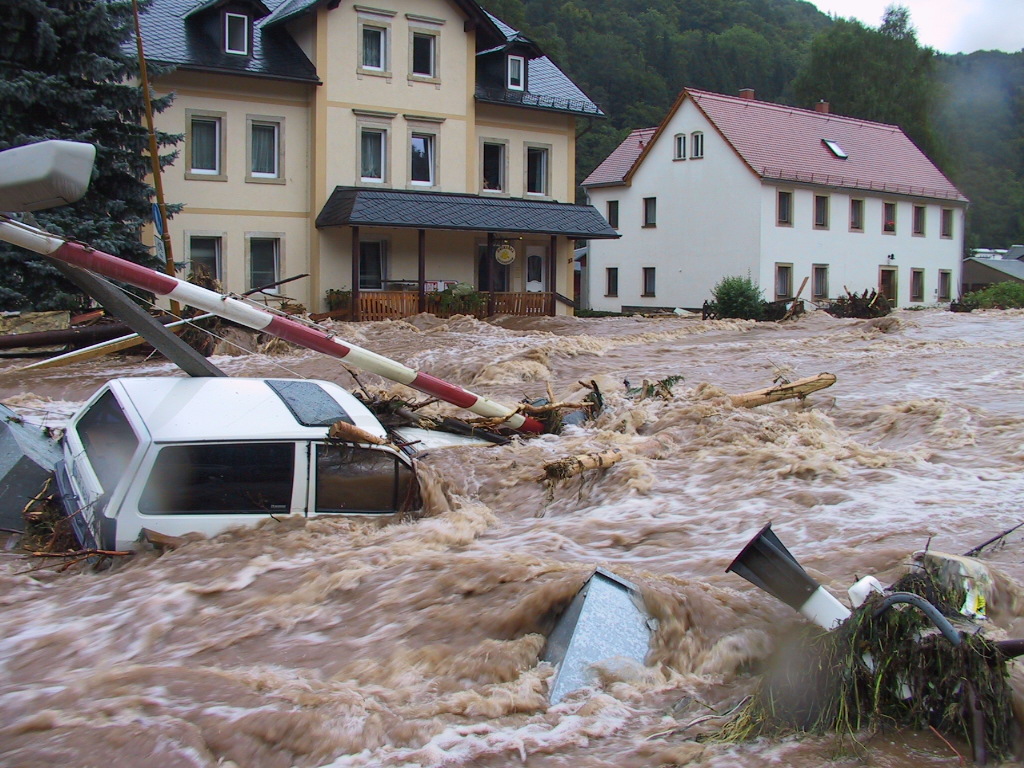How To Take The Headache Out Of Disaster Preparedness
- By J.R. Fisher
- May 3, 2016
How To Take The Headache Out Of Disaster Preparedness
Disaster Preparedness Plans
Businesses have them...schools have them...do you have one?
Most people want to keep themselves, their families and their friends/loved ones safe and this is a natural instinct!
How many people do you really think have a disaster preparedness plan laid out?
Probably very few.
I understand why people put off planning for a disaster. It is a very daunting task.
Let’s take a look at the basics of creating a disaster preparedness plan. My goal is to make it a little easier for everyone to grab the reins and be prepared, for this does not have to be a difficult task.
Basic Planning:
-
Have a family meeting for everyone in your household or people that you want to be part of this plan
The goal of this meeting is to talk about what disasters could potentially happen and how everyone should respond to each scenario. (This could be a fire, flooding, hurricane, just keep all scenarios in mind) Keep in mind that you do not only want to plan for something happening while you are home. Think about work, school, and any locations that you frequently go to. -
When making your basic preparedness plan, don’t forget about planning for any pets that you may have.
-
Each person in your emergency plan group should have a responsibility assigned to them so that they know what they specifically need to do in the event of an emergency. Remember, this is a group effort, so all responsibilities should compliment each other so that everyone remains calm and the plan stays effective.
-
We also recommend that you practice your preparedness plan every 6 months or so just so that everyone remembers their roles.
Evacuation Plan:
-
Determine a place that you could would evacuate to and map out how you would get there. This could be a friend/family’s home, a hotel, a shelter, etc. (You may also want to plan out places to go as plans B,C,D in each cardinal direction in case your plan A is not possible)
-
Once you have decided on set locations, map out alternate routes in case your original route has road blockages, shut downs, or has a heavy backup. Having the backup routes will give you peace of mind that no matter what is going on, you should be able to get where you need to go.
-
When deciding on evacuation locations, keep your pets in mind so that you can ensure that they will be safe and secure.
-
Again, practice your evacuation routes every 6 months so that everyone in the family knows where they need to be going.
Separation Plan:
-
More than likely you are not going to be carrying around walkie talkies, so you’ll need to have a way to contact each other in case you get separated in an emergency. If you have a family member that lives elsewhere, it is a great idea to have them as the contact person. When something major happens, phone lines in your area may be difficult to get through, so the long distance contact may be a good idea.
-
Choose 2-3 places to meet up with your family. If the emergency is something inside the home, then you’ll want to pick a place outside in the yard, or at a neighbor’s house, or just somewhere nearby the home.
If the emergency is causing you to leave the home or evacuate the area, you’ll want to have a meeting spot somewhere outside your immediate neighborhood.
If both of these places are somehow not accessible or damaged, having a third meeting spot is important so that you can gather all of your family together.
Planning with Children:
-
Let the children be part of the plan. (make sure any responsibility is age appropriate) You want them to understand the importance of the emergency plan and have them know everything through and through.
It can’t be stressed enough to make sure that everyone in your household knows the disaster preparedness plan through and through.
If something were to happen, it can be chaotic and you don’t want to be second guessing on what you are supposed to be doing or where you are supposed to be going.
Once you’ve got your plan together, the hard work is done and everything is set.
That content feeling that starts creeping up after your plan has been created, is the reward of knowing that no matter what happens, you and your family are going to the most prepared that you could possibly be.
That headache of not knowing how to prepare...is gone!
Please share your comments below! We'd love to hear your opinion.

